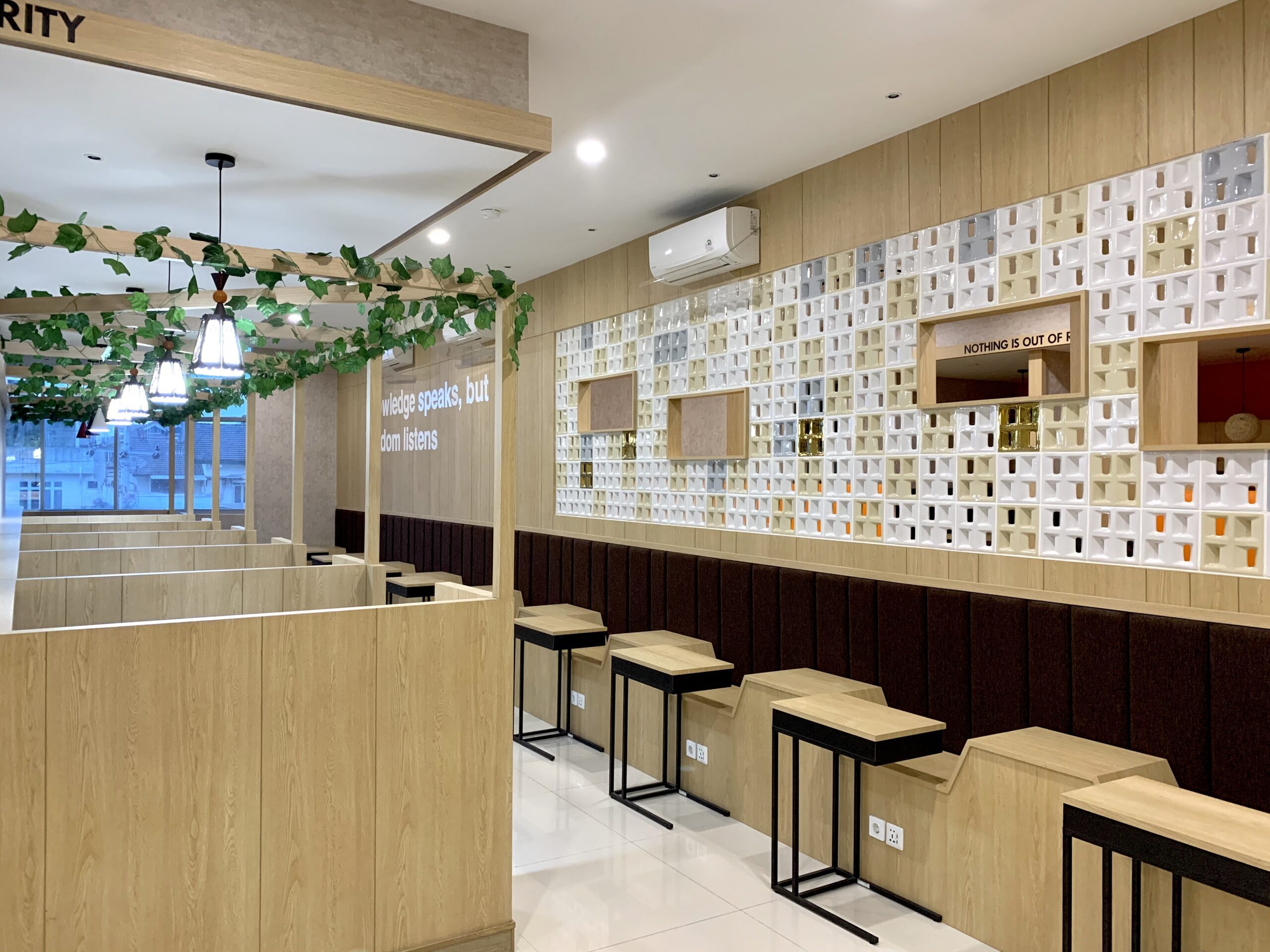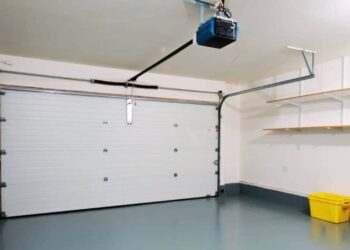Space Planning is an innovation, born in the 1990s, consisting of the organization or reorganization of a workspace. This was thought at a time when companies were constantly evolving: new business, increases or decreases in the number of employees.
And since then, almost nothing has changed: companies maintain this need to live with their times. They must adapt their facilities to their employees, as well as to the new technology and work environment.
A business, while maintaining its identity, is reinventing itself every day and for that, the vision of experts is needed to move in the right direction.
To help you make the most of your space, here are some tips:
Let’s first talk about the evolution of office Space Planning – what it was during its creation and what it has become – before discussing the different steps to follow for effective Space Planning and to conclude, about the advantages of this internal organization for the company and employees. .
1 – The evolution of Space Planning since its creation
When it was created in the 1990s, and until very recently, the main objective of office space Planning was to gain space to install more offices in a small area.
This is how the open space was created: to decompartmentalize the company’s facilities as much as possible and bring employees together in the same space. luckymuttsanimalrescue
The interests of this rapprochement are, of course, to allow professionals to collaborate more efficiently and move more freely in space, but also and above all, economic, because the costs for the company are lower (fewer partitions and closed offices to install, less furniture, more employees per square meter).
Today, the main objective of Space Planning is not necessarily to gain space but to redevelop the living space, and create new meeting and exchange points (relaxation areas, conviviality, cafeteria, playgrounds, and better-adapted meeting rooms, among others).
This article is a concise explanation of what the eli5 volts amps mean. It provides a breakdown of each term and how to calculate it in detail for the reader to understand.
It’s rethinking the company’s space to incorporate new essentials into today’s business life.
The main elements of good Spatial Planning are:
- Reinforce the identity of the company.
- Improve the quality of work and relaxation spaces.
- Structuring the different occupied spaces.
- Rethink the links between the services to facilitate exchanges.
- Adapt workspace to new technologies and innovations in interior design.
- Allow collaborators to get involved in a common project.
2 – What are the next steps for effective planning today?
Consider legislation:
The Specialist will thoroughly check the opportunities available to you in your existing space or in your new premises (capacity, safety rules).
He will also evaluate acoustics, air conditioning, heating, lighting, and others to suit the use of space, and reduce costs and sustainability.
Once the technical elements have been inspected, it will be possible to study the development plans and the layout of the various services, in order to improve the links between the various employees, necessarily considering the company’s culture and identity.
Once this is done, the project itself can be developed.
In addition, an important step, from the beginning of the process, will be to involve the collaborators so that they are not imposed inappropriate solutions on the development of the work.
In fact, one of the fundamental aspects of Spatial Planning is optimization, but also the productivity and well-being of professionals.
It is imperative to discuss with them their storage restrictions and needs, connection to other services, customer reception, security, and confidentiality. goldontheweb
3 – Work better, work together
This reorganization of the workspace planning will not be without consequences for the company and its employees.
Optimizing work facilities will have a lasting and positive impact on all sectors of an organization if it is carried out consistently with specific needs.
It is not a simple move, the addition or deletion of certain items and materials. Space planning goes far beyond aesthetics!
When planning office spaces, several items must be considered in order to increase the use of the environment and offer maximum comfort to employees, influencing issues such as productivity and satisfaction.
Planning should start with the assessment of the space. In many cases, a 3D project is indicated to verify in advance what the results of the renovation or construction will be.
The company must provide a space for employees and reserve appropriate places for auxiliary equipment, such as files, in addition to meeting rooms and others. Planning is essential for better use of the available environment.
What should be considered in planning?
Planning must, from the beginning, consider the different environments needed in the company to increase the productivity and usability of existing spaces. A company, even if of medium and small size, must have:
- Archiving space.
- Print and copy area.
- Food hall.
- Luggage storage area.
- Waiting room.
- Circulation area.
- Meeting room.
- Female and male WC.
With so many environments needed in the company for it to carry out its activities more efficiently, the planning of environments, as well as the arrangement of office furniture, will have a great influence on business productivity.
All these elements must be considered at the beginning of the planning and, if the company does not need an item, the requirement of some other component that is related to the segment of operation must be evaluated.
For the best distribution and suitability of office furniture, it is necessary to consider the number of employees, activities performed, communication between employees, and the type of workstation used.
Office planning will be closely related to the chosen work platforms. Architects indicate that shared spaces should be valued which, using modern workstations, offer greater comfort to employees and the ergonomics of the furniture will directly influence the productivity of employees.
In small and medium-sized companies, investing in flexible environments can also enrich the corporate space. Meeting rooms, for example, can be used for training. This type of solution, however, requires advanced furniture planning.
How does furniture influence workspace planning?
The layout of the environments is fundamentally linked to the office furniture that will be chosen to compose the enclosures. The workstations are directly influenced by the style of the company, which means that they should be chosen at the beginning of the project.
Individual rooms, for example, require an office table and chair per room, while collective rooms ask for shared corporate furniture, with benches or U-bays. each environment and, from there, think about the furniture of the rooms in order to make the best use of the available space.
We at Arcbazar promote well-being, engagement, happiness (and why not?), sustainable productivity, profitability, brand value, aligned with specific needs, culture, identity, corporate image, and budget.












Discussion about this post